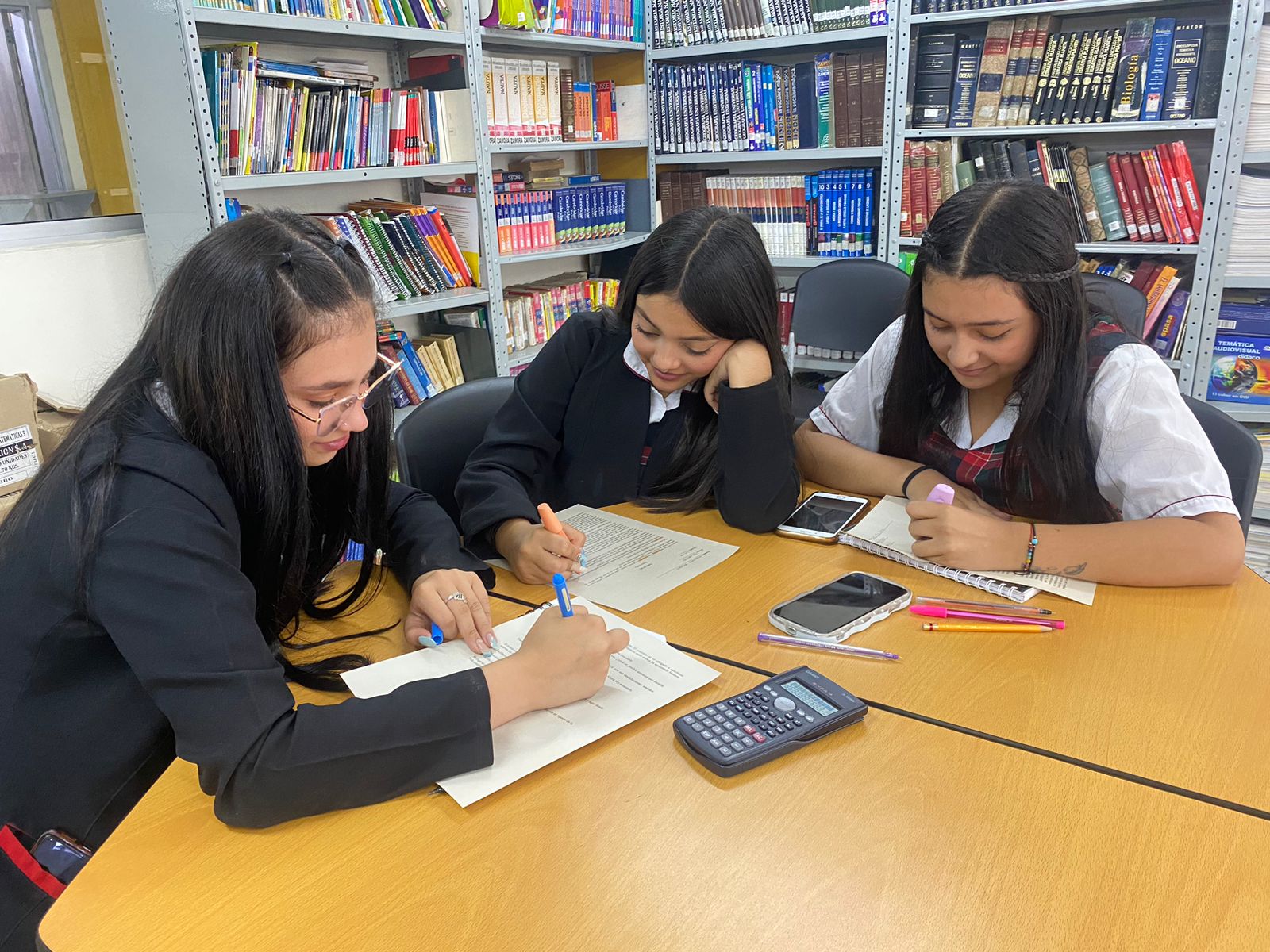About Me
Order 1688 has actually ended up being a prime focus of public discussion and social discussion because its implementation. The directive, which aims to attend to [certain issue], has had extensive results on numerous areas and has motivated substantial reactions across the social spectrum. This article delves into the subtleties of popular opinion and the wider social influence of Order 1688, discovering exactly how different areas view the order, the social movements it has actually stimulated, personal tales from influenced individuals, and the role of media fit public discussion.
Introduction of Public Response

Public reaction to Order 1688 has actually been blended, with opinions usually sharply split along ideological lines. Advocates of the order say that it is a required measure to deal with pushing issues, such as [particular troubles or demands], and praise its possibility for producing favorable change. They highlight the order's capacity to improve processes, boost regulatory structures, or boost public security, depending upon its details emphasis.
On the other hand, movie critics suggest that Order 1688 enforces excessive burdens on particular sectors of the population. Concerns have been raised regarding possible overreach, the impact on constitutional freedoms, and the effectiveness of the measures in attaining their intended goals. This dichotomy in popular opinion is mirrored in heated discussions on social media sites platforms, area meetings, and public discussion forums, where enthusiastic arguments are made on both sides of the issue.
Social Motions and Advocacy
In reaction to Order 1688, different social activities and advocacy groups have actually arised, either in support of or resistance to the order. These activities have leveraged both typical and digital platforms to activate assistance, increase understanding, and influence public law.
Encouraging movements highlight the possible advantages of the order, organizing rallies, developing insightful projects, and lobbying policymakers to preserve or broaden the order's arrangements. They suggest that the order is a step in the direction of an extra just and fair culture, dealing with long-standing problems that have been ignored for too lengthy.
Alternatively, opposition groups have actually created coalitions to test the order's legitimacy and advocate for its abolition or modification. These teams usually arrange objections, flow applications, and take part in grassroots lobbying efforts to convey their issues. They suggest that the order infringes on individual liberties, aggravates existing inequalities, or stops working to take into consideration the unintended consequences on marginalized areas.
Meetings with Influenced People

To understand the human dimension of mua hàng 1688, it is important to learn through those directly influenced by its provisions. Meetings with individuals from different walks of life disclose a spectrum of experiences and perspectives.
For example, [ Name], a small business proprietor, shares how the order has structured particular regulatory procedures, making it simpler to run. It's been a game-changer for us, [Call] states. We can focus more on growing our business rather than getting slowed down by red tape.
In contrast, [Call], a community lobbyist, highlights the obstacles faced by vulnerable populaces. The order has actually made it tough for low-income family members to accessibility important services, [Call] describes. While the purpose may be good, the execution has left numerous battling.
These individual tales underscore the complicated and usually contradictory effect of Order 1688, showing wider societal disputes regarding its effectiveness and justness.
Media Coverage and Public Discussion
The media has actually played a crucial role fit public discourse around Order 1688. Coverage varies extensively, with some electrical outlets offering the order in a beneficial light, stressing its desired advantages and successes. These narratives usually focus on positive reviews, specialist recommendations, and analytical enhancements credited to the order.
On the other hand, other media resources highlight the disputes and objections surrounding Order 1688. Investigative records, viewpoint items, and content inspect the order's execution, question its hidden assumptions, and enhance the voices of skeptics.
This different media coverage contributes to a polarized public discussion, where people' understandings of the order are heavily influenced by the sources they rely on and take in. Therefore, the argument over Order 1688 frequently shows wider societal divisions and underscores the duty of media in mounting plan problems.
Long-lasting Social Impact

Looking in advance, the long-lasting social impact of Order 1688 remains unsure. The order's effectiveness in attaining its objectives will likely be a topic of recurring evaluation and dispute. Its success or failing will certainly be gauged not just by statistical end results but also by the lived experiences of the neighborhoods it affects.
One potential long-term influence is the precedent set for future policy-making. Order 1688 might work as a blueprint for addressing similar problems in other contexts, affecting the design and application of subsequent orders. Furthermore, the social movements and advocacy initiatives stimulated by the order can have long lasting impacts, fostering greater civic engagement and forming the landscape of public campaigning for.
Finally, Order 1688 has sparked substantial public response and social dispute, highlighting the intricacies of policy-making in a diverse culture. The divergent point of views, social activities, individual tales, and media protection all contribute to a rich tapestry of discourse that will certainly continue to evolve as the long-lasting influences of the order unfold.
Timezone

